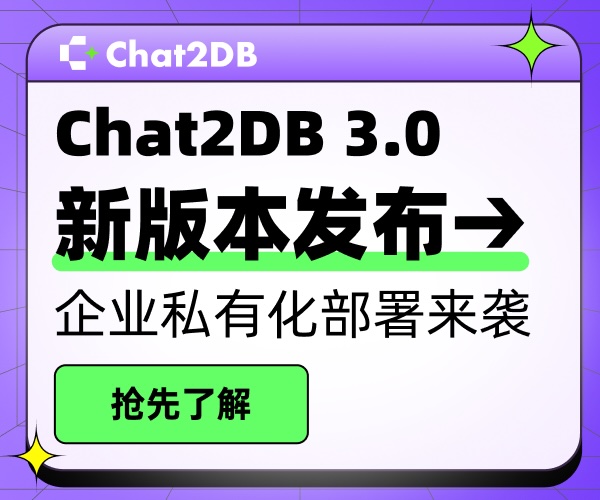Java中迭代器Iterator的使用
前言:本文解决的问题
- Java中Iterator与C++中的Iterator区别
- 使用Iterator删除元素的注意事项
- 如何避免ConcurrentModificationExcepyion
1 Java中的Iterator与C++中的Iterator区别
C++中的迭代是根据数组索引建模的,给定迭代器就可以查看指定位置上的元素;不需要执行查找操作。而JAVA中,查找与位置变更是紧密相连的,查找一个元素的唯一方法是调用next();而执行查找时迭代器的位置是随之向前移动。
可以说JAVA的迭代器是位于两个元素之间,调用Next时,迭代器就越过了一个元素,并返回刚刚越过那个元素的引用。
/**
* Returns the next element in the iteration.
*
* @return the next element in the iteration
* @throws NoSuchElementException if the iteration has no more elements
*/
E next();
2 Iterator使用方法
/**
List<Integer> list = new ArrayList();
list.add(3);
Iterator itr = list.iterator();//迭代器接口指向ArrayList中的迭代器
声明Iterator接口,接口itr指向ArrayList的iterator() 。那么ArrayList中iterator()到底是怎么执行的?请看源码
/**
* Returns an iterator over the elements in this list in proper sequence.
*/
public Iterator<E> iterator() {
return new Itr();
}
private class Itr implements Iterator<E> {
int cursor; // index of next element to return
int lastRet = -1; // index of last element returned; -1 if no such
int expectedModCount = modCount;
Itr() {}
}
调用iterator()时会定义cursor,lastRet,expectedModCount三个变量。
3 如何删除元素
迭代器如何删除元素?先看源码:
//Interface Iterator中remove的说明
/**
* Removes from the underlying collection the last element returned
* by this iterator (optional operation). This method can be called
* only once per call to {@link #next}.
//这个方法必须先调用了next才能执行,否则会抛出异常
* @throws UnsupportedOperationException if the {@code remove}
* operation is not supported by this iterator
*
* @throws IllegalStateException if the {@code next} method has not
* yet been called, or the {@code remove} method has already
* been called after the last call to the {@code next}
* method
*/
default void remove() {
throw new UnsupportedOperationException("remove");
}
//ArrayList实现该方法
public void remove() {
if (lastRet < 0) //先检查上次返回对象的索引
throw new IllegalStateException();
checkForComodification();
try {
ArrayList.this.remove(lastRet);
cursor = lastRet;
lastRet = -1;
expectedModCount = modCount;
} catch (IndexOutOfBoundsException ex) {
throw new ConcurrentModificationException();
}
}
从上面代码中看出,Iterator接口中强调调用remove前必须先调用next,否则会抛出 IllegalStateException;而后面ArrayList里面的实现代码也是先检查lastRet(上次返回的元素);如果该变量小于0,直接抛出异常。
我们来看具体的例子:
public static void main(String[] args) {
List<Integer> list = new ArrayList();
list.add(3);
Iterator itr = list.iterator();
//没有调用next时删除
try {
itr.remove();
}catch(Exception e){
e.printStackTrace();
}
}
输出结果为:

到这里我们会有疑问,为什么要先调用next?next到底返回什么?来看next()的实现方法
@SuppressWarnings("unchecked")
public E next() {
checkForComodification();
int i = cursor; // 把cursor值赋给i
if (i >= size)
throw new NoSuchElementException();
Object[] elementData = ArrayList.this.elementData;
if (i >= elementData.length)
throw new ConcurrentModificationException();
cursor = i + 1; //cursor往后移
return (E) elementData[lastRet = i]; //返回索引为i的元素值,同时把lastRet的值变为i
}
从上面的代码中我们可以看到,调用next后,会返回当前cursor的值,同时cursor+1,往后移动,并把lastRet的值变为未调用next时的cursor值。remove方法就是首先检查上次返回元素的索引lastRet,如果不是非负,则删除该元素,同时把当前的cursor值变为lastRet。
因此,由于是JAVA的迭代器的特性,remove前必须调用next.
3 如何避免ConcurrentModificationExcepyion
当某一集合同时有多个迭代器都在作读写时,很容易出现ConcurrentModificationExcepyion异常。那如何避免该异常?要弄清楚这个问题就要先弄清楚什么时候会抛出ConcurrentModificationExcepyion。上面的源码中迭代器获取调用next和remove方法前都会检查调用方法checkForComodification();如果改方法没有抛出异常则在执行后面的方法体。具体看代码:
public E next() {
checkForComodification();
//后面省略
}
public void remove() {
if (lastRet < 0)
throw new IllegalStateException();
checkForComodification();
//后面省略
}
// checkForComodification的实现
final void checkForComodification() {
if (modCount != expectedModCount)
throw new ConcurrentModificationException();
}
checkForComodification会检查modCount (定义在AbstractList中的 protected transient int modCount = 0)与迭代器中的expectedModCount是否相等。如果不相等,证明有其它迭代器在操作它;则抛出异常。注意对ArrayList的任意add时会把modCount加1,remove时也把modCount加1。
那如何避免抛出该异常?
《JAVA核心技术 卷I》中说,避免并发修改发生错误,遵循以下简单规则:
- 可以根据需要给容器符加许多的迭代器,但是这些迭代器只负责拂去列表。
- 再单独符加一个既能读又能些的迭代器。



